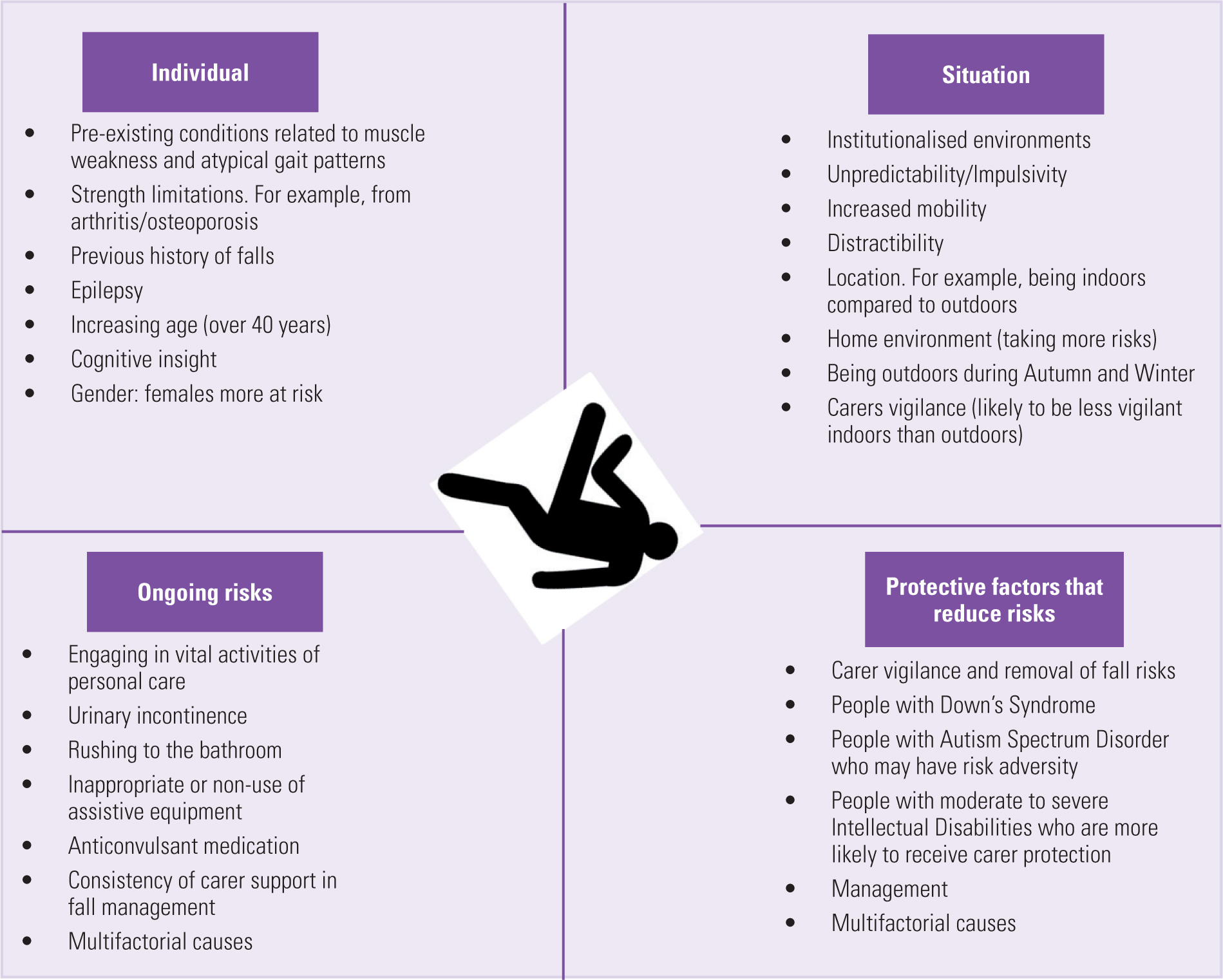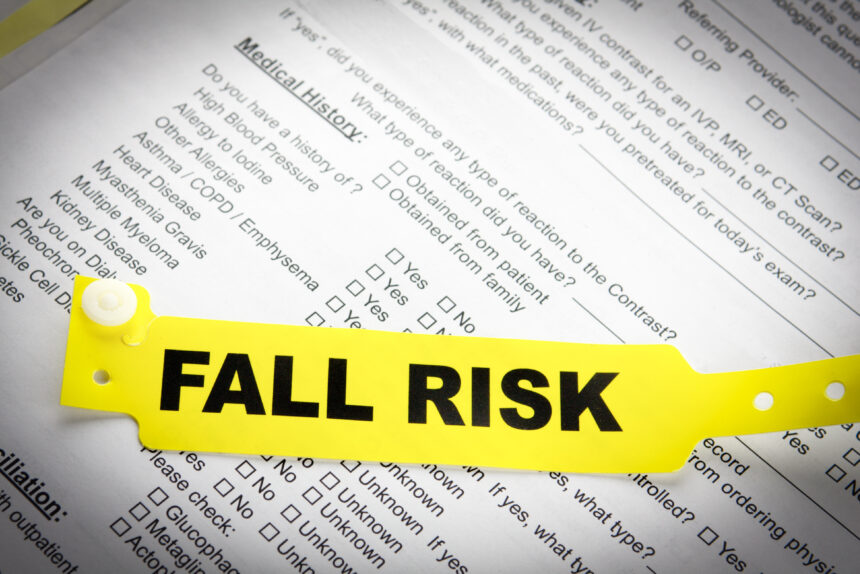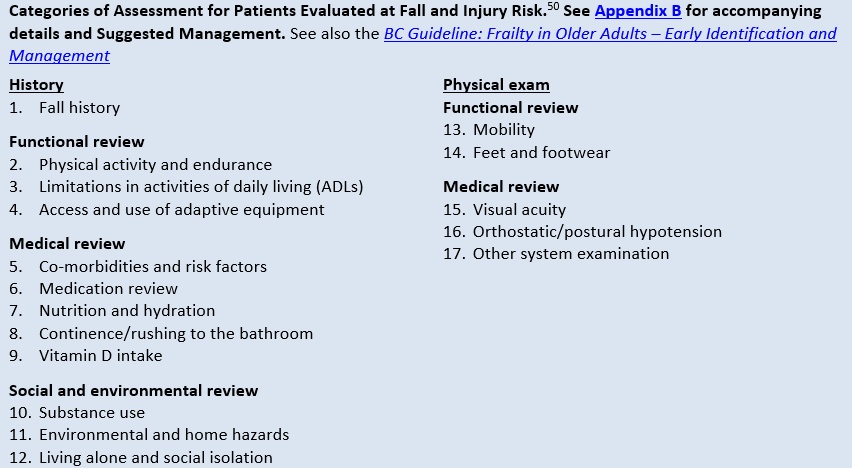The Single Strategy To Use For Dementia Fall Risk
Table of ContentsHow Dementia Fall Risk can Save You Time, Stress, and Money.Our Dementia Fall Risk Ideas3 Simple Techniques For Dementia Fall RiskDementia Fall Risk Can Be Fun For Anyone
A loss risk assessment checks to see exactly how likely it is that you will certainly drop. It is mostly done for older adults. The analysis normally consists of: This includes a collection of inquiries concerning your overall health and wellness and if you've had previous falls or troubles with equilibrium, standing, and/or strolling. These devices check your stamina, balance, and gait (the method you stroll).STEADI consists of screening, assessing, and treatment. Interventions are referrals that may decrease your threat of dropping. STEADI consists of three steps: you for your threat of dropping for your risk variables that can be boosted to attempt to stop falls (for example, equilibrium problems, damaged vision) to decrease your risk of falling by utilizing effective methods (for instance, providing education and learning and resources), you may be asked several inquiries including: Have you dropped in the previous year? Do you really feel unsteady when standing or walking? Are you worried about dropping?, your copyright will evaluate your stamina, balance, and gait, making use of the complying with loss analysis tools: This examination checks your stride.
After that you'll take a seat once more. Your service provider will inspect how much time it takes you to do this. If it takes you 12 secs or even more, it may indicate you go to greater danger for a loss. This examination checks toughness and equilibrium. You'll being in a chair with your arms crossed over your breast.
Relocate one foot halfway forward, so the instep is touching the big toe of your various other foot. Move one foot completely in front of the other, so the toes are touching the heel of your other foot.
Some Ideas on Dementia Fall Risk You Need To Know
Most drops occur as an outcome of numerous contributing factors; as a result, managing the risk of dropping starts with identifying the variables that contribute to fall danger - Dementia Fall Risk. Several of the most pertinent threat variables include: Background of previous fallsChronic clinical conditionsAcute illnessImpaired stride and balance, lower extremity weaknessCognitive impairmentChanges in visionCertain risky medicines and polypharmacyEnvironmental aspects can also raise the threat for falls, including: Poor lightingUneven or damaged flooringWet or unsafe floorsMissing or damaged hand rails and grab barsDamaged or improperly fitted tools, such as beds, wheelchairs, or walkersImproper use assistive devicesInadequate supervision of the individuals residing in the NF, consisting of those that show aggressive behaviorsA effective fall risk monitoring program needs an extensive clinical evaluation, with input from all members of the interdisciplinary group

The treatment plan must likewise consist of treatments that are system-based, Recommended Reading such as those that advertise a secure atmosphere (proper lights, hand rails, order bars, etc). The effectiveness of the interventions ought to be reviewed periodically, and the care plan modified as needed to show adjustments in the autumn danger analysis. Executing an autumn risk management system utilizing evidence-based finest method can decrease the occurrence of drops in the NF, while limiting the potential for fall-related injuries.
Examine This Report on Dementia Fall Risk
The AGS/BGS standard suggests evaluating all adults aged 65 years and older for autumn risk annually. This screening is composed of asking individuals whether they have actually dropped 2 or even more times in the previous year or sought clinical focus for a fall, or, if they have actually not fallen, whether they feel unstable when strolling.
People that have actually dropped when without injury needs to have their balance and gait evaluated; those with stride or equilibrium irregularities should get additional analysis. A background of 1 fall without injury and without gait or equilibrium troubles does not require more analysis beyond ongoing annual loss danger testing. Dementia Fall Risk. A loss threat evaluation is required as part of the Welcome to Medicare examination

The Definitive Guide for Dementia Fall Risk
Recording a drops background is one of the high quality indicators for fall prevention and monitoring. copyright medicines in specific are independent forecasters of falls.
Postural hypotension can commonly be eased by reducing the dose of blood pressurelowering medications and/or quiting drugs that have orthostatic hypotension as an adverse effects. Usage of above-the-knee assistance pipe and copulating the head of the bed raised may additionally lower postural reductions in high blood pressure. The preferred components of a fall-focused physical exam are received Box 1.

A yank time higher than or equivalent to 12 secs recommends high fall navigate to this website danger. The 30-Second Chair Stand examination evaluates lower extremity stamina and equilibrium. Being unable to stand up from a chair of knee height without utilizing one's arms shows enhanced loss risk. The 4-Stage Balance examination assesses fixed equilibrium by having the patient stand in 4 settings, each considerably much more challenging.